
Accordingly, the patient was admitted to the hospital with prolonged black stools, severe anemia, physical exhaustion and reduced overall mobility. Initially, the results of gastric and colon endoscopy did not show a clear location of bleeding.
However, the amount of molecules in red blood cells (hemoglobin) continues to decrease rapidly, warning of a dangerous digestive bleeding that is silently progressing, most likely from the small intestine - the place known as the "dark area" of digestion, the most difficult to access and diagnose in medicine.
Immediately, interdisciplinary doctors from the Department of Gastroenterology, Gastroenterology Endoscopy, DSA Diagnostic Imaging, Anesthesia and Resuscitation, and General Surgery of People's Hospital 115 held an emergency consultation and performed emergency surgery.
During surgery, the doctor discovered a hard, ulcerated small intestine about 5cm long, with a 3cm large mesenteric lymph node.
Direct endoscopic technique during surgery helped to accurately determine the location of the ulcerative lesion, 2cm wide, thin bottom, bleeding - about 60cm from the ileocecal angle, with many scattered shallow ulcers on the surface, no bleeding.
The damaged bowel segment was removed and safe gastrointestinal circulation was re-established. After 48 hours post-operatively, the patient was awake, hemodynamically stable, soft abdomen, and able to breathe on his own.
According to doctors at People's Hospital 115, gastrointestinal bleeding from the small intestine is a rare but dangerous cause, often overlooked due to its difficult-to-access anatomical features.
Common causes include: small bowel ulcers caused by medications (NSAIDs), angiomas, Crohn's disease, tumors, or vascular malformations.
Source: https://www.sggp.org.vn/cuu-song-nguoi-benh-xuat-huyet-ruot-non-nguy-kich-post803682.html


![[Photo] Parade to celebrate the 50th anniversary of Laos' National Day](/_next/image?url=https%3A%2F%2Fvphoto.vietnam.vn%2Fthumb%2F1200x675%2Fvietnam%2Fresource%2FIMAGE%2F2025%2F12%2F02%2F1764691918289_ndo_br_0-jpg.webp&w=3840&q=75)




![[Photo] Worshiping the Tuyet Son statue - a nearly 400-year-old treasure at Keo Pagoda](/_next/image?url=https%3A%2F%2Fvphoto.vietnam.vn%2Fthumb%2F1200x675%2Fvietnam%2Fresource%2FIMAGE%2F2025%2F12%2F02%2F1764679323086_ndo_br_tempimageomw0hi-4884-jpg.webp&w=3840&q=75)






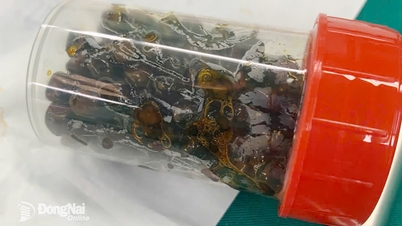








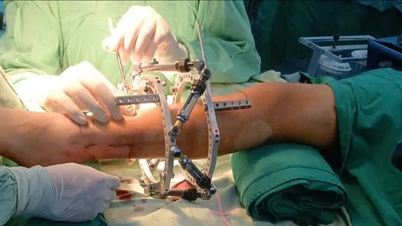







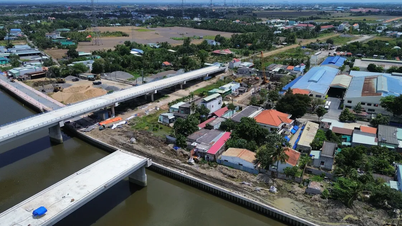



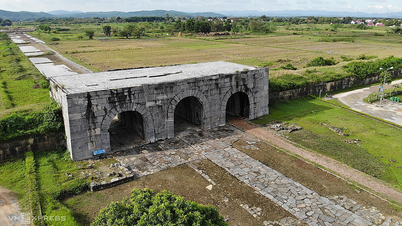






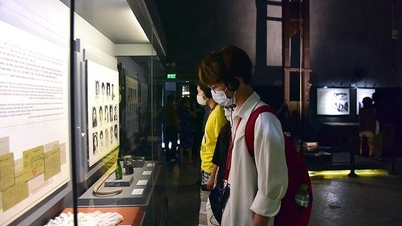
































































Comment (0)